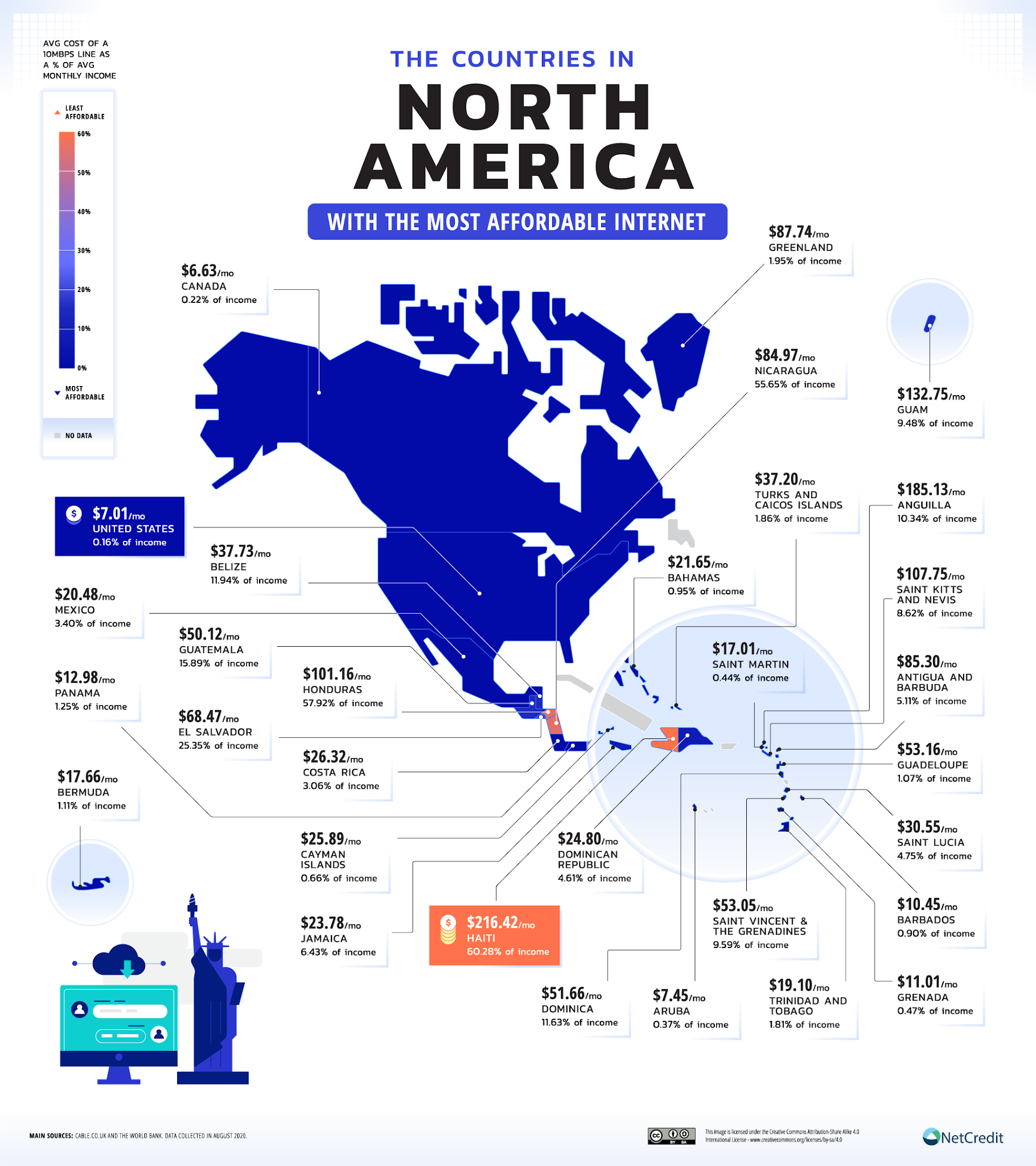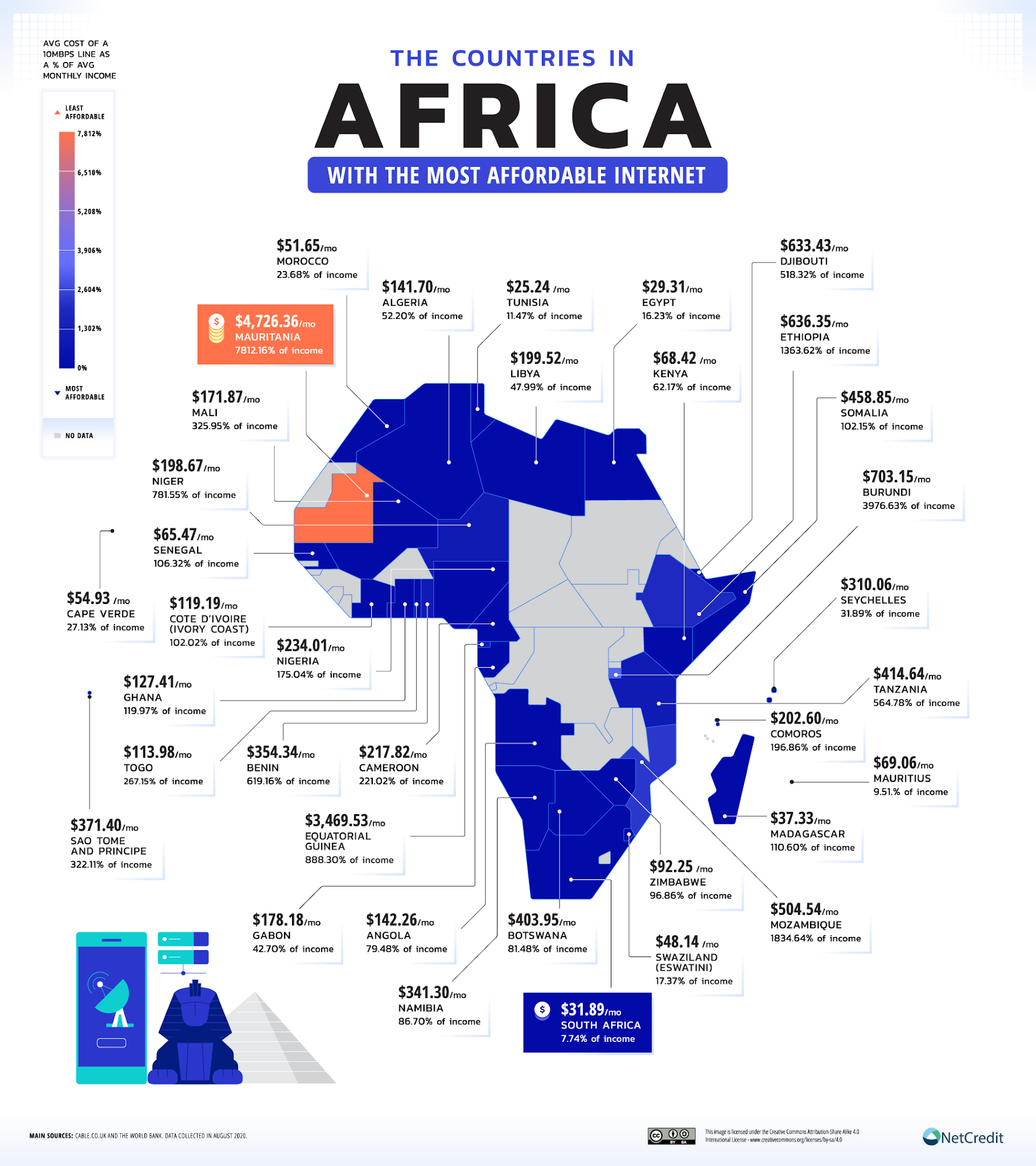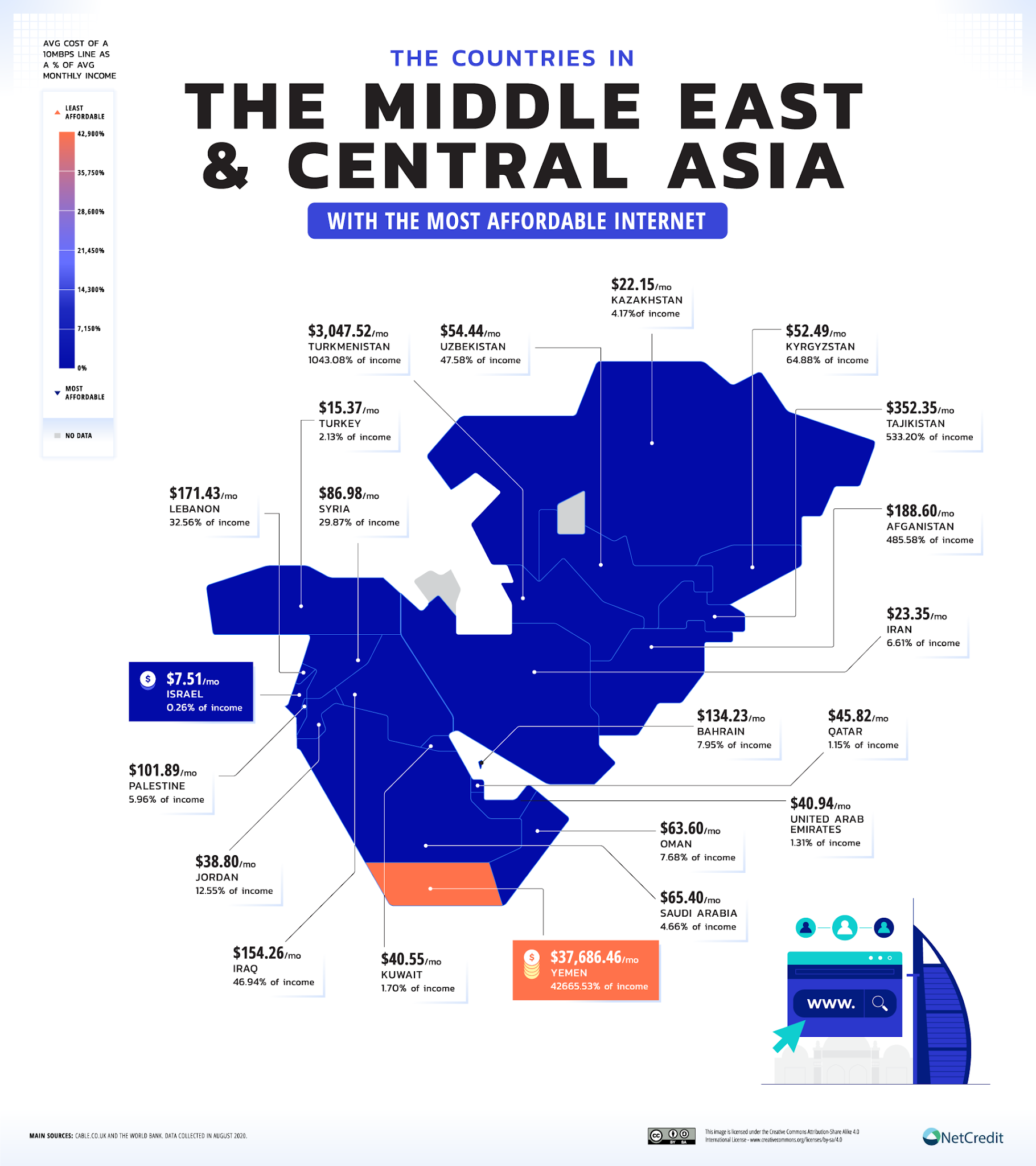For many people, this year has highlighted how important it is to have access to the internet, and how stressful it is to feel disconnected.
Fans of social media and internet streaming platforms already know that the internet has a great capacity to stave off boredom and provide distraction during challenging times. However, it’s becoming increasingly apparent that the internet also provides a vital connection to community, information, resources, and support that can make a radical difference in people’s quality of life.
Times of lockdown and curfew have dramatically increased the dangers of social isolation. There is a ‘digital divide’ between those who do and don’t have access to technical resources such as laptops, mobile phones, wifi, or data plans. This means that poor households are excluded from modes of communication that are essential for homeschooling and working from home in safety, as well as other resources and opportunities.
As early as 2016, the UN declared that access to the internet was a human right, and in today’s global crisis there is a strong argument that governments should support their citizens by providing internet access as a public utility. Unfortunately, as with other essential resources such as clean water, nutritious food, and healthcare, access to affordable broadband varies depending on where you are, and what counts as ‘affordable’ to your context.
To find out more about where in the world people have affordable access to broadband services, NetCredit collated World Bank data on the average salaries in most countries around the world with information on worldwide broadband prices. These accessible infographics show the proportion of the average monthly salary a broadband package costs in each country, as well as the comparative cost of a standard 10Mbps fixed-line broadband speed.
Monaco, known to many as the playground of the rich, has the most affordable broadband in the world. The country has an extremely powerful banking sector, as well as healthy science and tech industries. A broadband deal costs $34.49, which is a mere 0.68% of the average monthly income of $5,043.69. That’s a fortune compared to Yemen, whose civil war has contributed to extreme poverty. A broadband deal in Yemen costs an eye-watering $2,466.67 per month, which is 30 times the average monthly income of $88.33.
In terms of internet speed, the study showed that even those who can afford internet access in Yemen will struggle to support any online activities that demand a fast connection. Internet access costs $3,768.65 per Mbps in Yemen, which is prohibitive to all but the super rich. Romania, on the other hand, has the cheapest internet in the world when it comes to speed, at just $0.13 per Mbps, which is 0.19% of the average monthly income of $702.66 The average monthly broadband deal in Romania is just $8.15, or 1.15% of the income.
In Africa, many countries don’t have access to broadband internet at all. In the countries for which data was available, internet access costs equate to a substantial portion of the average monthly wage, meaning it is out of reach for many people. The most affordable internet is in Tunisia, where the $14.28 package costs 6.49% of the $220.17 average income. In Mauritania, meanwhile, the cost of 10Mbps broadband is an astonishing $4,726.36, which is 7812.16% of the average $60.50 paycheck.
The North American region showed a range of affordability between countries. The French Carribean island of Saint Martin has a healthy average salary of $3,903.91, of which only 0.63% (or $39.90) is required for decent internet access. The average salary of Nicaragua is much lower at $152.70, yet the internet is more expensive at $56.50 (37% of the average income), making it much less affordable to most people.
In South America, Argentina has the most affordable internet packages, costing $13.69, or 1.33% of the $1,030 average salary. Of the available data, Surname had the least affordable internet rates, at $39.82, or 19.16% of the $207.83 salary.
The Middle East is mixed in terms of internet affordability. Access is best in Israel, where the average salary is $2.912, and the internet is just 0.68% of that, at $19.90. After the notable outlier of Yemen, Turkmenistan suffers from the least affordable rates of $224.68, which would take 76.9% of the $292.17 average salary.
Broadband rates in the rest of Asia & Oceania are similarly varied, from an affordable 1.11% ($43.80) of the $3,930.48 average Singaporean salary, to a prohibitive 52.92% ($57.33) of Timor Leste’s $108.33 income. This yet again highlights a stark difference in the digital provisions that are available in some of the world’s leading economies, compared to those in countries that have struggled from economic or political unrest in recent years.
It’s worth remembering, however, that even in some of the richest countries there are people who fall down the digital divide. Whether due to a lack or infrastructure, or low wages and systemic inequalities, people continue to be excluded from vital communication, information, and support, while others have the world at their fingertips.

Read next: The new Digital 2020 Global Statshot Report highlights world's most frequently visited websites
Fans of social media and internet streaming platforms already know that the internet has a great capacity to stave off boredom and provide distraction during challenging times. However, it’s becoming increasingly apparent that the internet also provides a vital connection to community, information, resources, and support that can make a radical difference in people’s quality of life.
Times of lockdown and curfew have dramatically increased the dangers of social isolation. There is a ‘digital divide’ between those who do and don’t have access to technical resources such as laptops, mobile phones, wifi, or data plans. This means that poor households are excluded from modes of communication that are essential for homeschooling and working from home in safety, as well as other resources and opportunities.
As early as 2016, the UN declared that access to the internet was a human right, and in today’s global crisis there is a strong argument that governments should support their citizens by providing internet access as a public utility. Unfortunately, as with other essential resources such as clean water, nutritious food, and healthcare, access to affordable broadband varies depending on where you are, and what counts as ‘affordable’ to your context.
To find out more about where in the world people have affordable access to broadband services, NetCredit collated World Bank data on the average salaries in most countries around the world with information on worldwide broadband prices. These accessible infographics show the proportion of the average monthly salary a broadband package costs in each country, as well as the comparative cost of a standard 10Mbps fixed-line broadband speed.
Key Findings
The study revealed a stark difference between highly-affordable access in some countries, and prices so high that only a very wealthy minority can get online in other countries. At the extreme end of this scale are Monaco and Yemen - two countries with vastly different economies that exemplify the implications of the digital divide.Monaco, known to many as the playground of the rich, has the most affordable broadband in the world. The country has an extremely powerful banking sector, as well as healthy science and tech industries. A broadband deal costs $34.49, which is a mere 0.68% of the average monthly income of $5,043.69. That’s a fortune compared to Yemen, whose civil war has contributed to extreme poverty. A broadband deal in Yemen costs an eye-watering $2,466.67 per month, which is 30 times the average monthly income of $88.33.
In terms of internet speed, the study showed that even those who can afford internet access in Yemen will struggle to support any online activities that demand a fast connection. Internet access costs $3,768.65 per Mbps in Yemen, which is prohibitive to all but the super rich. Romania, on the other hand, has the cheapest internet in the world when it comes to speed, at just $0.13 per Mbps, which is 0.19% of the average monthly income of $702.66 The average monthly broadband deal in Romania is just $8.15, or 1.15% of the income.
The Digital Divide Across Continents
The data shows that there is a big difference in internet access from continent to continent. The most affordable internet overall is in Europe, where the EU has a pledge to support high speed internet access for all households. The country with the least accessible internet in Europe is Albania, where the $20.55 broadband package is 6.01% of the $342.10 monthly income. That’s still quite accessible, compared to other locations.In Africa, many countries don’t have access to broadband internet at all. In the countries for which data was available, internet access costs equate to a substantial portion of the average monthly wage, meaning it is out of reach for many people. The most affordable internet is in Tunisia, where the $14.28 package costs 6.49% of the $220.17 average income. In Mauritania, meanwhile, the cost of 10Mbps broadband is an astonishing $4,726.36, which is 7812.16% of the average $60.50 paycheck.
The North American region showed a range of affordability between countries. The French Carribean island of Saint Martin has a healthy average salary of $3,903.91, of which only 0.63% (or $39.90) is required for decent internet access. The average salary of Nicaragua is much lower at $152.70, yet the internet is more expensive at $56.50 (37% of the average income), making it much less affordable to most people.
In South America, Argentina has the most affordable internet packages, costing $13.69, or 1.33% of the $1,030 average salary. Of the available data, Surname had the least affordable internet rates, at $39.82, or 19.16% of the $207.83 salary.
The Middle East is mixed in terms of internet affordability. Access is best in Israel, where the average salary is $2.912, and the internet is just 0.68% of that, at $19.90. After the notable outlier of Yemen, Turkmenistan suffers from the least affordable rates of $224.68, which would take 76.9% of the $292.17 average salary.
Broadband rates in the rest of Asia & Oceania are similarly varied, from an affordable 1.11% ($43.80) of the $3,930.48 average Singaporean salary, to a prohibitive 52.92% ($57.33) of Timor Leste’s $108.33 income. This yet again highlights a stark difference in the digital provisions that are available in some of the world’s leading economies, compared to those in countries that have struggled from economic or political unrest in recent years.
It’s worth remembering, however, that even in some of the richest countries there are people who fall down the digital divide. Whether due to a lack or infrastructure, or low wages and systemic inequalities, people continue to be excluded from vital communication, information, and support, while others have the world at their fingertips.

Read next: The new Digital 2020 Global Statshot Report highlights world's most frequently visited websites







